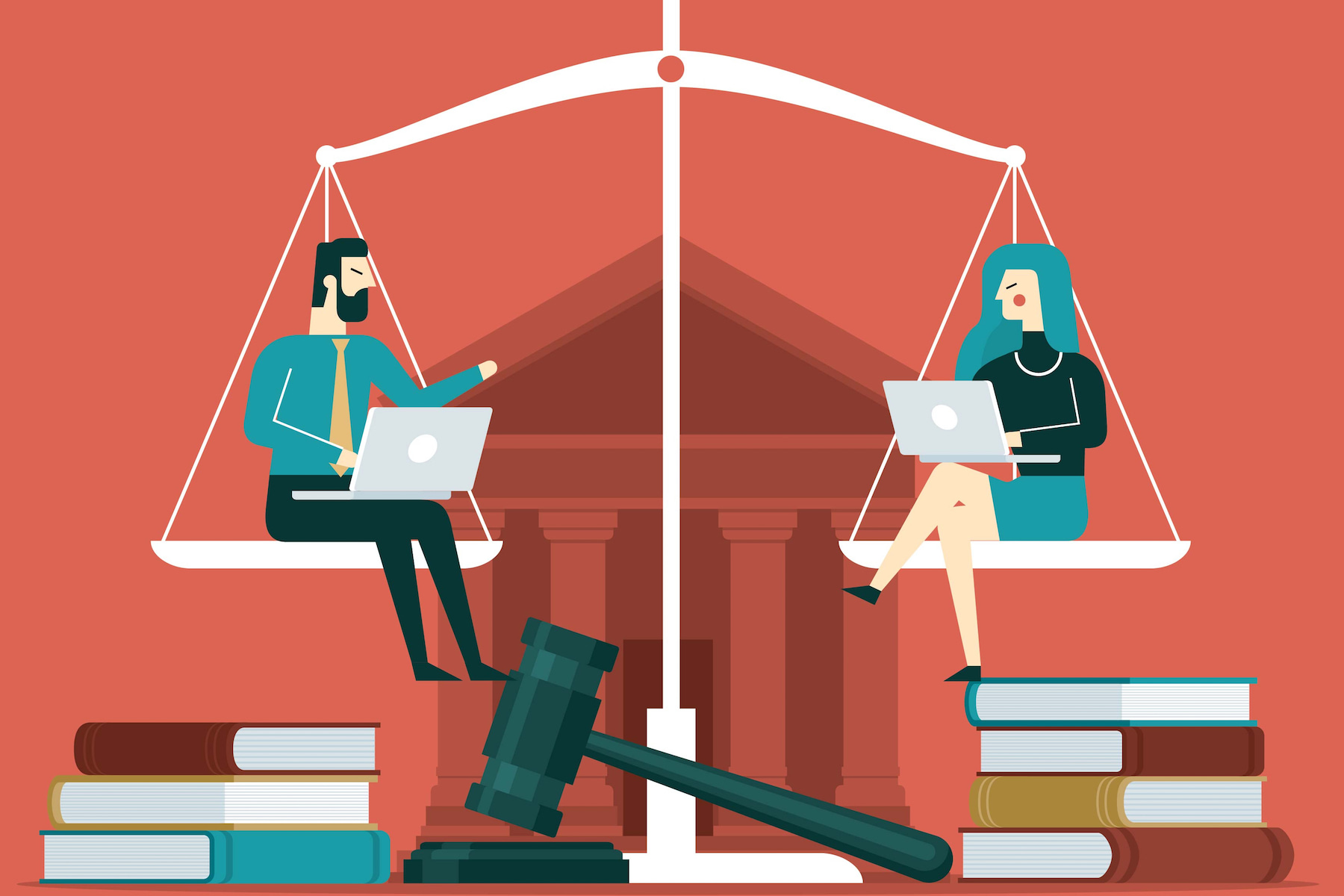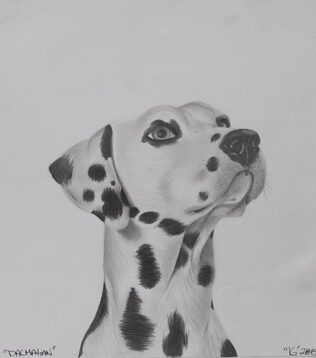
Investigative Journalism
Our investigative writers take deep dives into topical criminal justice issues and events, as well as important subjects that others haven’t yet covered.
We go straight to the source(s), talk to experts, look at the data, cover all points of view, examine trends, try to uncover solutions to problems, compare the status quo to what could be, and explore alternatives objectively. We aim to be exhaustive in our coverage, and expose new facts that could change the way you think.

Analysis, Ideas, Opinion & Musings
Freeform and expansive thought, encompassing every aspect of justice before, during, and after the commission of a crime including prevention, government, police training, bail, systemic bias, sentencing, rehabilitation, inmate reentry to society, education, the role of money, the legal code, and literally anything that impacts victims, criminals or the accused. We look at policing, the courts, legal practices, prisons, victims, the accused and more, aiming to challenge and present fresh ways of looking at problems and solution.
These articles consider the core values of criminal justice, offering perspective and analysis, commentary on current events, as well as identifying issues, constraints and assumptions that get in the way of improving the system.
Prison Artwork
We believe in the therapeutic benefits of art done by prisoners, and appreciate the raw emotions and stark beauty that often shows through. Impartial has an ongoing program to build and maintain relationships with inmates, their families and others to encourage artwork, and try to support them in any way we legally can.
Artwork is a very important avenue of expression for prisoners that choose to make it. It helps share their stories and background, deal with emotions and often explains them in ways that words fail. Some have said art helps preserve a sense of identity, sanity and self that the dehumanizing experience of being incarcerated and referred to as a number strips away.
We have acquired a substantial collection of prison art that we use for many purposes, including publications, exhibitions, fund-raising through sales/auctions, and occasional loans to galleries and other public spaces. Many of the images you see on this site were created by inmates, and are from our collection.Most art done by prisoners is self-taught.






Publishing

Investigative Journalism
Our investigative writers take deep dives into topical criminal justice issues and events, as well as important subjects that others haven’t yet covered.
We go straight to the source(s), talk to experts, look at the data, cover all points of view, examine trends, try to uncover solutions to problems, compare the status quo to what could be, and explore alternatives objectively. We aim to be exhaustive in our coverage, and expose new facts that could change the way you think.

Analysis, Ideas, Opinion & Musings
Freeform and expansive thought, encompassing every aspect of justice before, during, and after the commission of a crime including prevention, government, police training, bail, systemic bias, sentencing, rehabilitation, inmate reentry to society, education, the role of money, the legal code, and literally anything that impacts victims, criminals or the accused. We look at policing, the courts, legal practices, prisons, victims, the accused and more, aiming to challenge and present fresh ways of looking at problems and solution.
These articles consider the core values of criminal justice, offering perspective and analysis, commentary on current events, as well as identifying issues, constraints and assumptions that get in the way of improving the system.

Prisoner Stories
Most of us understand little about the daily life of prisoners, what they are doing to improve themselves or make restitution to those they’ve hurt, or the dehumanizing and often violent things that happen on the inside. We know even less about the journey from being accused to incarceration to what happens when they are eventually released.
We aim to shine some light on the whole process and let prisoners tell there own stories. We also look at the programs in place for education, the arts and rehabilitation.

